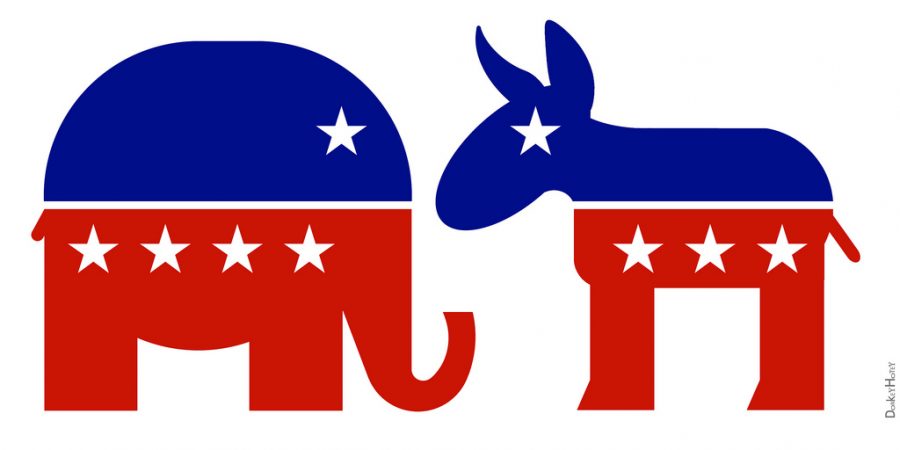Another Choice: Third Parties Provide an Alternative in Politics
America is one of the few democracies in the world that has a political system dominated by two political parties. We, as American citizens, must work to change this.
Eighteen parties are represented in the Brazilian National Congress. The United Kingdom, although two parties hold the overwhelming majority of seats in Parliament, has at least twelve small parties. Six political parties are represented in some strength in the Canadian legislature.
The United States Congress has two political parties that comprise almost all of the House of Representatives and the Senate.
Between these two houses of Congress, there are three members not belonging to one of the two major parties, meaning less than one percent of Congress is independent or third party.
This two-party system is a terrible problem for American democracy.
It breeds partisanship and leads to the gridlock we see year after year. Whatever party is in the majority likes to complain that the minority is being obstructionist, yet they do the exact same thing when in their position.
Political parties make the entire system worse, and the American people are quickly catching onto this. Gallup polls in 2016 found that 49 percent of Americans identified as independents, with 29 percent and 26 percent being the percentages for Democrats and Republicans, respectively.
While it is good that people are beginning to break away from the two-party system of American politics, becoming an independent may not be the best way to go.
Independents aren’t a unified group and they are filled with people with so many conflicting ideas that an independent candidate could never hope to unite the vast power of this rising political force.
This is where third parties come in. Many political organizations fall under the category of third parties but among the largest and most well-known are the Libertarian Party, an anti-authoritarian group promoting individual social and economic freedom, and the Green Party, focused on solving environmental issues.
Other forces sometimes come under the guise of third parties, such as the Constitution Party, which more or less follows the same principles as the Republican Party, and the Democratic-Socialist movement that found some popularity with the candidacy of Bernie Sanders in the 2016 Democratic primary.
It is entirely up to the voters which of these parties they want to support or if they want to continue with the same two parties we are currently stuck with.
Regardless of what parties the voters choose to support, it would benefit all of us, and the U.S. political system as a whole, to break from our current two-party tyranny and have diverse political representation where everyone can be assured that their voice is being heard and people are no longer stuck with voting for the lesser of two evils.
The lesser of two evils is still an evil and shouldn’t be voted for. Vote for the party that you support, whether it is big or small. Make your voice heard.


